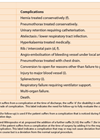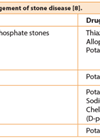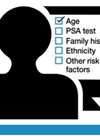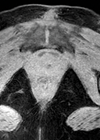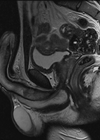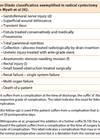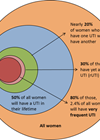Features archive for 2016
Use of Clavien-Dindo classification in urology part 2 – upper tract
A classification system of surgical complications was proposed by Clavien in 1992 [1] and further modified by Dindo in 2004 [2]. Clavien-Dindo classification has since then been validated through many retrospective case series as well as in comparative studies to...
Why bother? Metabolic screening for stone formers
Introduction Despite the considerable increase in the incidence of stone disease in the UK and elsewhere in recent years, urologists have engaged with preventative strategies to only a limited degree. With mounting evidence of the strong correlation between obesity and...
Consensus statements on PSA testing in asymptomatic men in the UK
In January 2016, the UK National Screening Committee once again recommended against a systematic population screening programme for prostate cancer due to the, as yet, insufficient evidence that the benefits of screening would outweigh the harm to the population as...
Urethral diverticulum: a review of the literature and local experience
Urethral diverticula are an uncommon finding on imaging. They are focal outpouchings of the urethra into the periurethral / urethrovaginal space, occurring more frequently in females (up to 6% of women) [1]. These diverticula are becoming more prevalent in clinical...
Partial segmental thrombosis of the corpus cavernosum
Epidemiology Partial segmental thrombosis of the corpus cavernosum (PSTCC) is a rare condition and usually presents in young men. Approximately 56 cases have been reported in 34 publications since 1976, when the first two cases were described [1,2]. The mean...
The scent of Ethiopia: a personal story – part 1
Background The year was 2004; I had just moved to the UK as a young house officer and finished my observership programme at Great Ormond Street Hospital in London. I was inspired by greats like Patrick Duffy and Phillip Ransley,...
Use of Clavien-Dindo classification in urology part 1 – pelvic surgery
There is no widely accepted system to classify postoperative complications. It is necessary to compare the outcome and complications while validating a new surgical procedure or one of the surgical approaches of a particular condition. Several parameters have long been...
What’s in a name?
Kate Granger is a doctor and the founder of the #hellomynameis campaign; she is also a cancer patient. In this article she explains why she started the campaign, and why patient-centred care starts with an introduction. Chris and me the...
The role of specialist therapeutic radiographers in the treatment and care of men with prostate cancer
The Statement of Intent: Cancer Strategy for England: 2015-2020 indicates that the number of people diagnosed with cancer each year will continue to grow rapidly due to the ageing population. There is also a requirement to diagnose and offer patients...
ICS updates on continence care: what’s hot in physiotherapy after 80 years?
Origins of pelvic floor physiotherapy Physiotherapy, and in particular pelvic floor muscle training (PFMT) is nowadays first-line management for pelvic floor dysfunction (PFD). PFMT is originally attributed to Dr Arthur Kegel, hence the term Kegel exercises. Indeed, he was the...
Management of recurrent cystitis
Acute uncomplicated infective cystitis is most commonly seen in healthy women with a frequency of around 0.5-0.7 episodes per woman per year [1]. Around 10% of women report having had an episode of urinary tract infection (UTI) each year and...
What is the role of evidence-based medicine in urology?
The concept of ‘evidence-based medicine’ (EBM) was first developed in the early 1990s and was described as “the conscientious, explicit and judicious use of the current best evidence in making decisions about the care of individual patients” by the recently...

